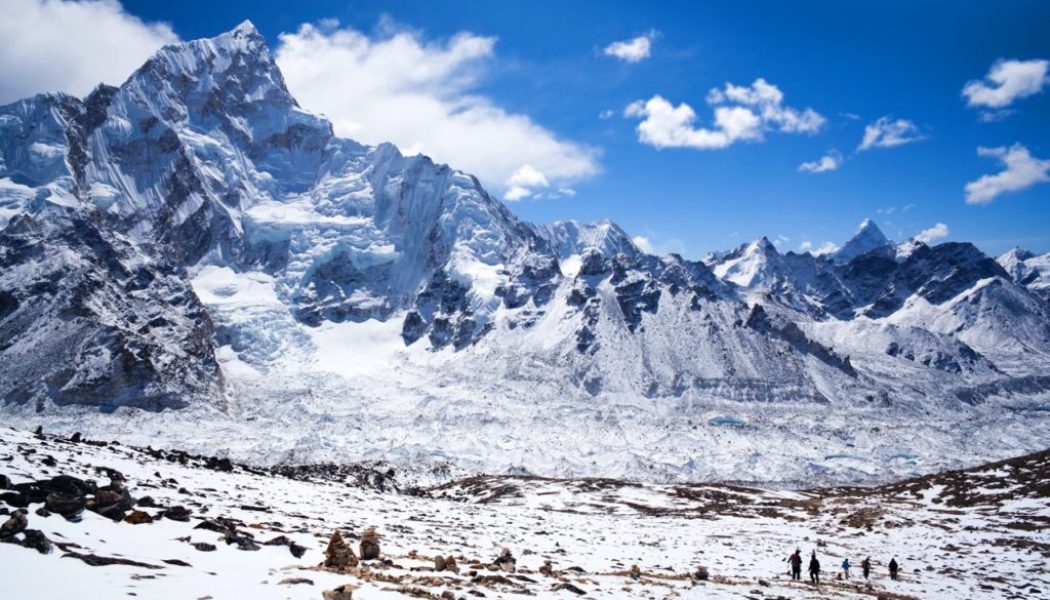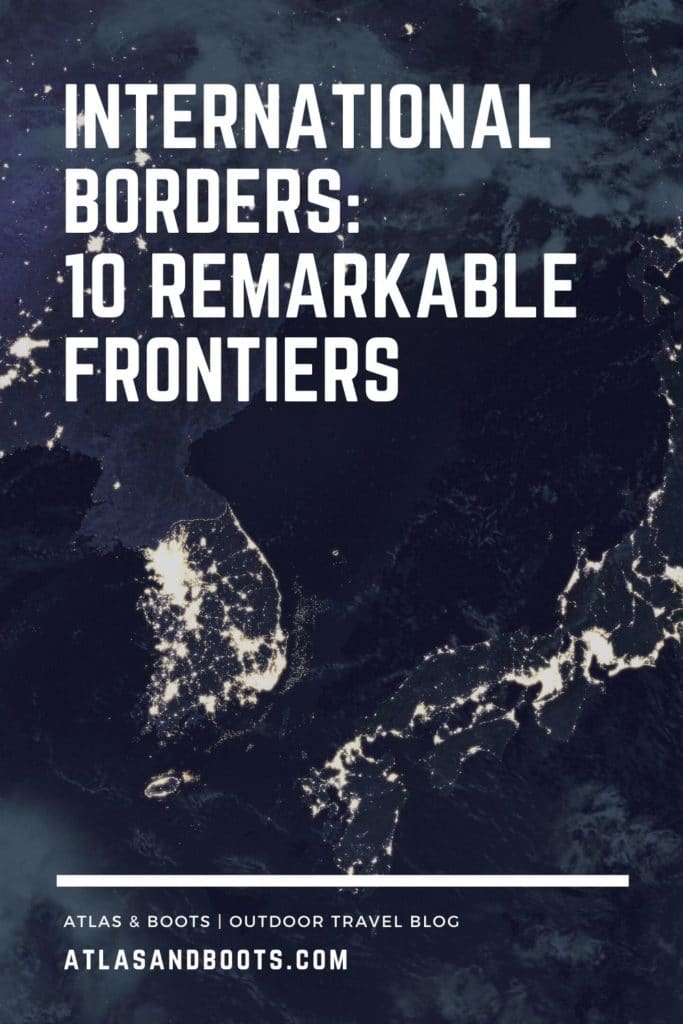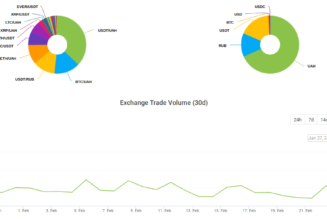From mountains to libraries, we take a look at some of the most extraordinary international borders to be found across the globe
Over the last few years, we’ve seen an impressive collection of new websites, blogs and social media accounts dedicated to ‘travel porn’. They’re filled with big, sweeping images of fairytale lands and precarious precipices.
Sometimes, like this incredible piece on architectural density in Hong Kong, they’ll depict urban decay or stifling poverty – always gilded by the photographer’s lens.
At Atlas & Boots, we always wanted to strike the right balance between travel porn and more in-depth content; the type that provided some previously unknown knowledge or insight.
We’re using the current downtime to update some old content and came across this post about unusual international borders from around the world. First published back in 2014, we think it’s just as impressive today.
1. Nepal / China
This list wouldn’t be complete without a mention of Mount Everest. The Nepal–China international borders run all the way up this iconic mountain and across the precise summit point, making it the highest international border in the world.
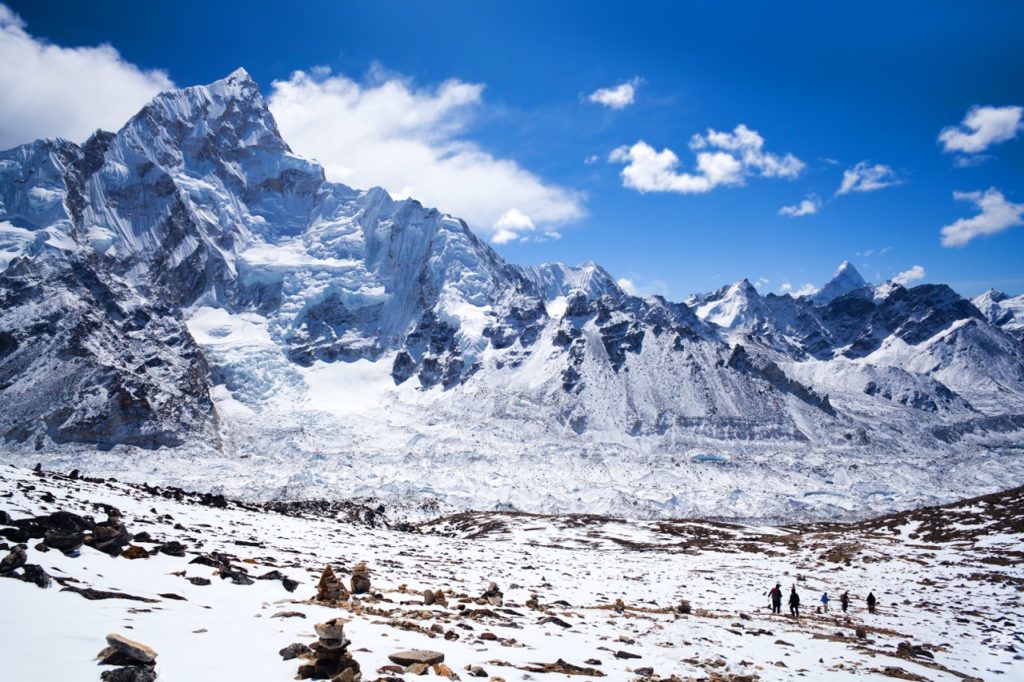
Everest can be climbed from both sides but is more frequently tackled from the Nepalese side which has better infrastructure and more experienced Sherpas to lend support to would-be summiteers.
2. Haiti / Dominican Republic
In colonial times, Haiti had a population seven times higher than its neighbour. Today, the two countries are more or less on par (10m in Haiti versus 9m in the Dominican Republic) but at half the size of its neighbour, Haiti has a far higher population density. This in combination with low rainfall and scant legislation led to rapid deforestation on the Haitian side.
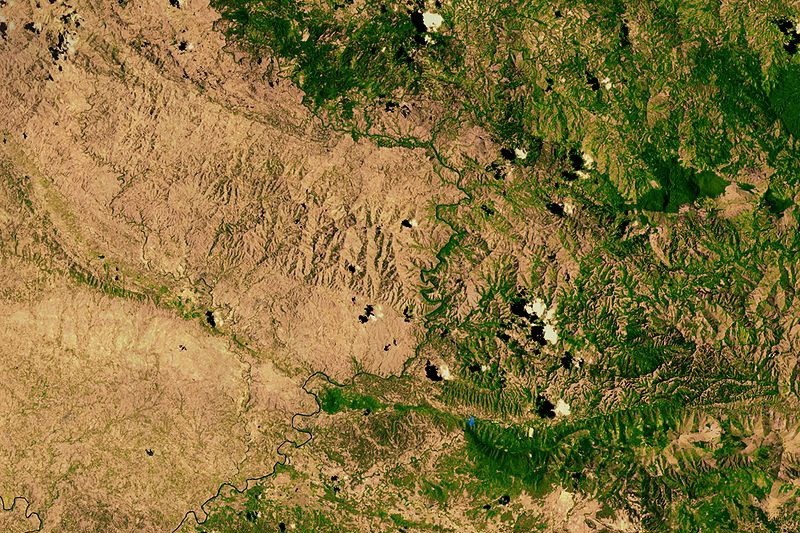
In spring last year, the Haitian government vowed to double the country’s forest cover by 2016, currently at a precarious 2%, one of the lowest rates in the world. Despite some scepticism, hopes are high that the campaign will turn the tide on centuries of degradation.
3. USA / Canada
The Haskell Free Library and Opera House lies in both Stanstead, Quebec (Canada) and Derby Line, Vermont (USA). A big black line slices it down the middle, marking one of the most unusual international borders between countries.
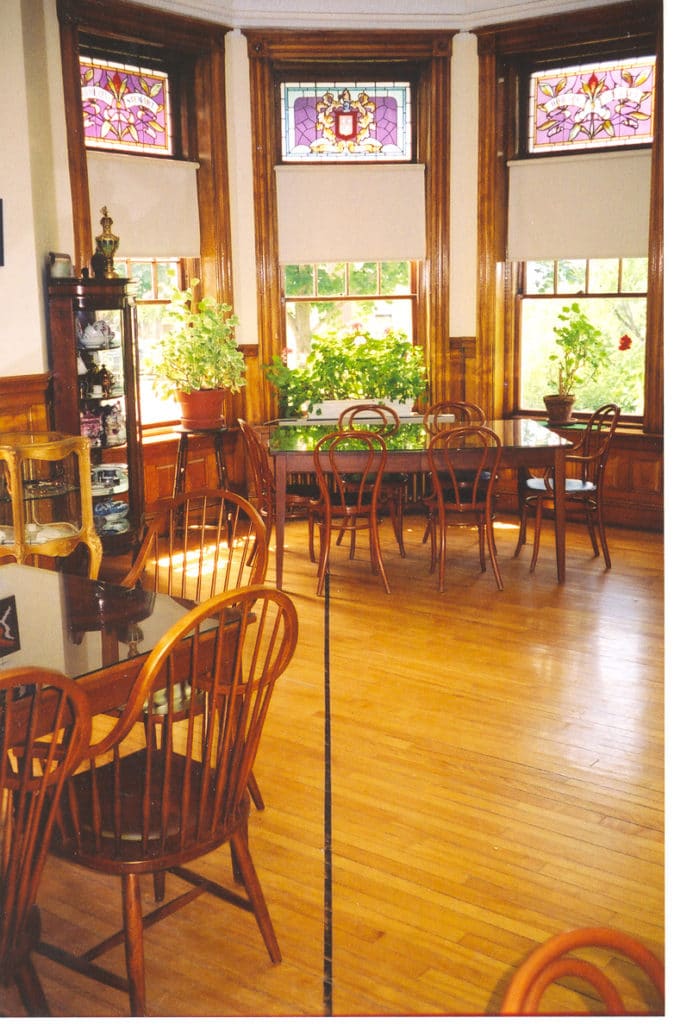
Built in 1904, the library was deliberately constructed on the border by American sawmill owner Carlos Haskell and his Canadian wife Martha Stewart Haskell to ensure availability to customers of both nationalities.
In total, there are three streets that cross the border. While security has been tightened post 9/11, residents can still cross international lines by visiting the library.
4. Alaska / Russia
Sarah Palin’s apocryphal quote (“I can see Russia from my house”) was most likely inspired by The Diomede Islands. What the hapless Republican actually said was: “They’re our next-door neighbors, and you can actually see Russia from … an island in Alaska.” Incidentally, she is right. The Diomede Islands – just 2.5 miles apart – are on either side of the USA-Russia border.
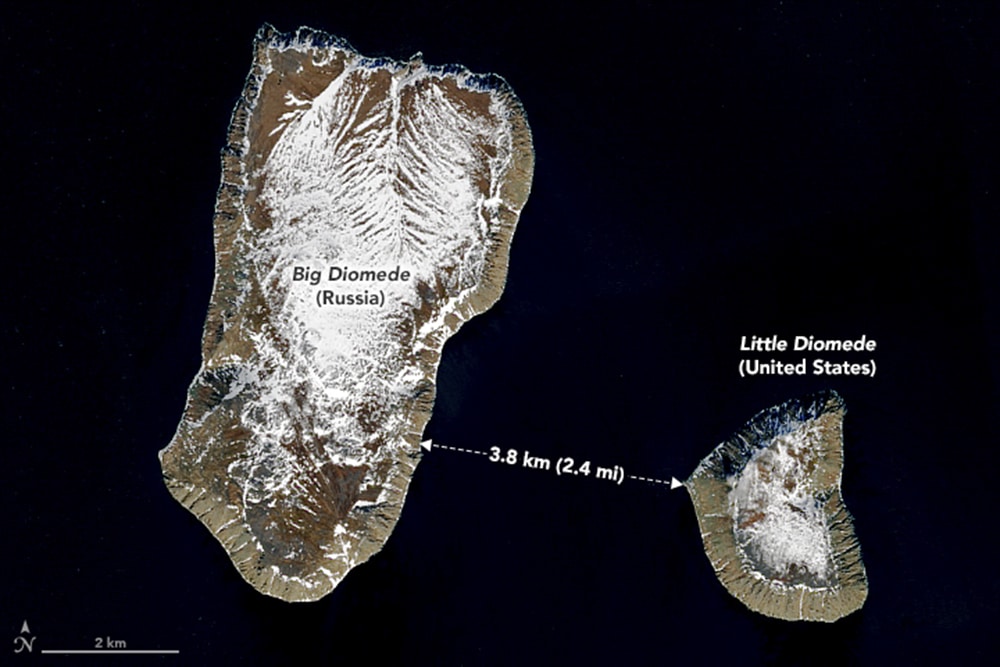
The Big Diomede Island is a part of Russia while the little one is a part of the American state of Alaska. The most interesting part is that the border coincides with the International Date Line, so when Americans look across to the neighbouring island, they’re not only looking into another country, they’re looking into tomorrow. Despite the short distance, when it’s 9am on Saturday on Little Diomede, it’s 6am on Sunday on Big Diomede.
5. Ethiopia / Somaliland
This threadbare piece of rope marks the border between Ethiopia and Somaliland, an autonomous region of Somalia. The ramshackle barrier in the village of Wado Makhil has a rather laid back approach to customs, archetypal of several remote African border posts.
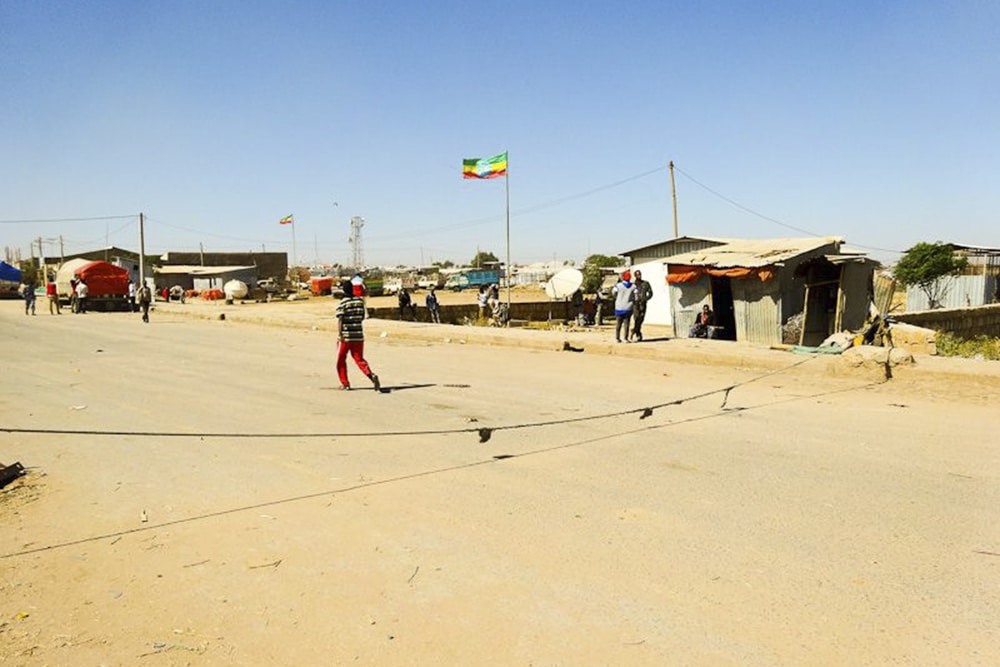
Peter, who crossed the Tanzania–Kenya international borders in 2010, tells me he had a similar experience on his way back from Kili: “I arrived at a dusty outpost by coach and simply strolled into no man’s land between the two countries. I did buy a visa before entering Kenya and was amused to see that they had simply stamped it ‘Peter’ with no other details whatsoever.”
6. North Korea / South Korea
This satellite image clearly shows the international borders between South Korea and its isolated neighbour. North Korea lies in darkness, its capital Pyongyang one of the few places with electricity.
The lights at the top of the image depict cities in China while the bright line in the middle marks the DMZ (demilitarised zone). It’s said that night-time illumination is an indicator of economic prosperity.
By that measure, North Koreans are living in practical poverty. After the Arab Spring, South Koreans reportedly sent balloons across the border informing their long-suffering neighbours of the protests. One hopes for a similar revolution but in one of the most militarised countries in the world, it’s most likely impossible.
7. Sweden / Norway
One of the few pairs in this list that actually like each other, Sweden and Norway share this stunning international border. With snow-capped trees on either side, the route stretches for over 1,000 miles, making it the longest border in either country.
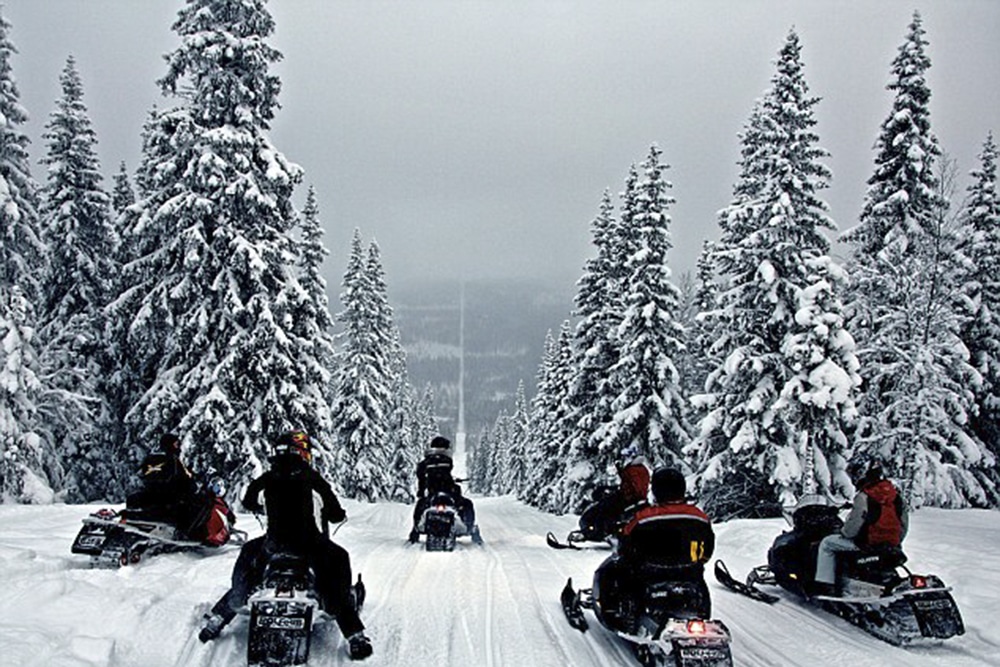
Photographer Havard Dalgrav posted a similar image to Reddit in 2012 garnering over 1,000 comments. He says in the thread: “Funny part is that riding a snowmobile for fun is illegal in Norway, but legal in Sweden. So we are riding on a very thin line here, literally…”
8. Papua New Guinea / Indonesia
From afar, the Papua New Guinea–Indonesia seems striking in its simplicity: a straight line that runs directly from north to south. Look closer and you’ll notice what looks like a small bite mark taken out of Indonesia.
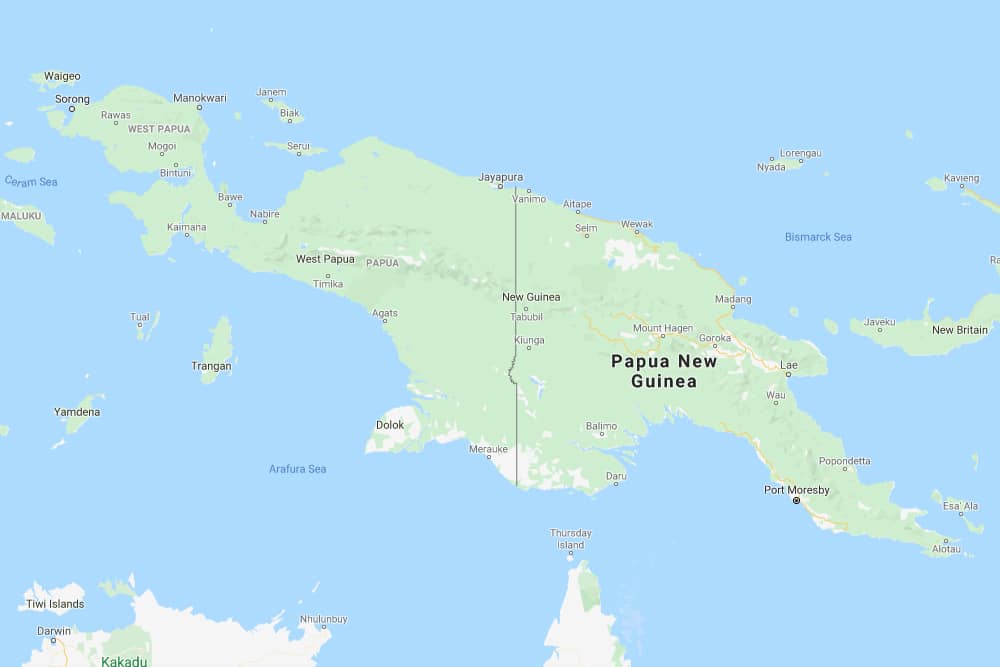
That bite mark is a bend in the Fly River, which strays to the west before levelling out into a straight line once again. It’s said that the anomaly is a result of headhunting (and not of the LinkedIn variety).
In 1893, the area was awash with actual, real headhunting. The British, who controlled the southeastern quarter, found it difficult to act due to the then ambiguous border.
The problem was solved by a deal that moved the border to the east, allowing British powers to patrol much further without having to cross international borders. The amendment is all the more remarkable as it has become the continental border between Asia and Oceania.
9. Mexico / USA
The Mexico-USA border usually evokes images of desperate Mexicans clambering over a fence to start a better life in a prosperous country. Or worse, images of Donald Trump!
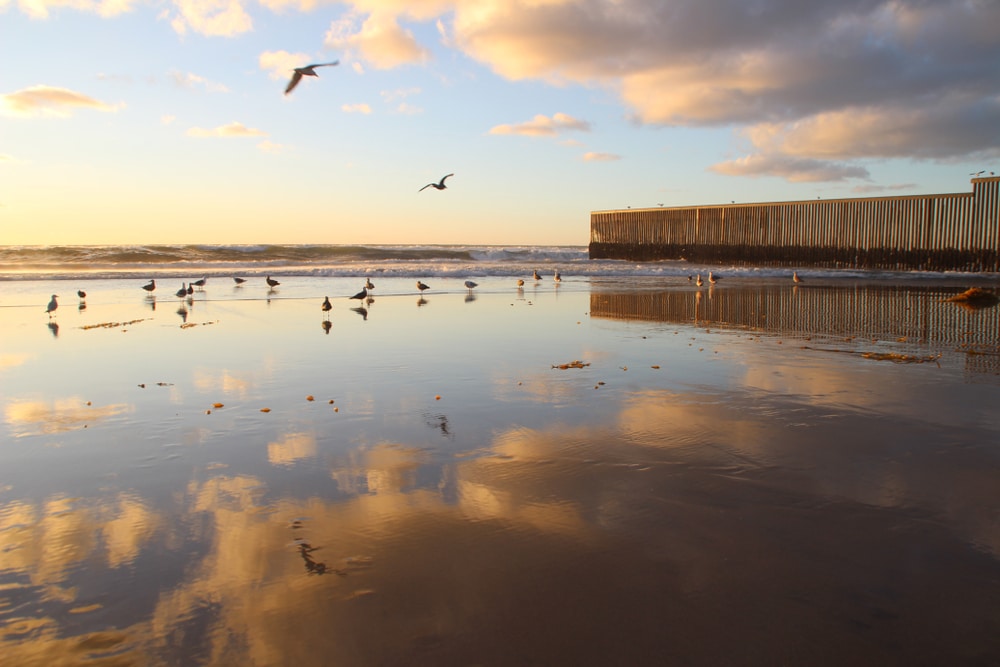
What we picture less often is the gentle waters in which the border ends.
This barrier, nestled between Imperial Beach in California and Tijuana Beach in Mexico, is designed to prevent would-be migrants from walking over to the US during low tide. It extends 90 metres into the Pacific Ocean and is occasionally used as a fence in friendly games of international beach volleyball.
10. Bangladesh / India
If you saw that image of a shipping ship shipping shipping ships a few years ago, then perhaps you’ll be able to process this more easily: Dahala Khagrabari is an Indian enclave inside a Bangladeshi enclave inside an Indian enclave inside Bangladesh.
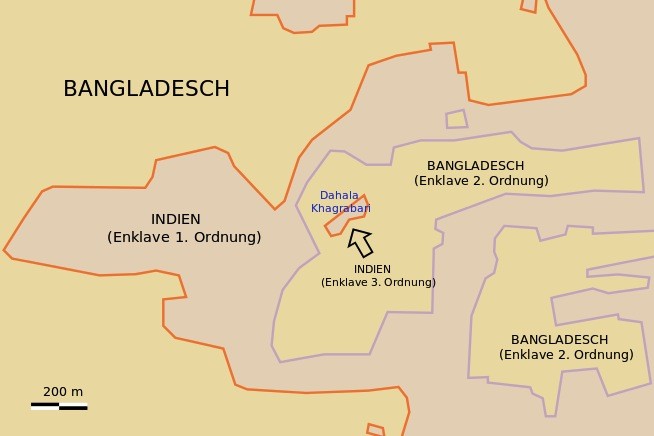
At 7,000 square metres, it is the world’s only counter-counter enclave, which means if you drove straight through it you’d go through Bangladesh, India, Bangladesh, India, Bangladesh, India, Bangladesh.
Legend has it that the enclaves are a result of a series of chess games between the Maharaja of Cooch Behar and the Faujdar of Rangpur who waged villages instead of currency. Academics say it’s the result of peace treaties in 1711 and 1713 between the kingdom of Cooch Behar and the Mughal empire.
The poignant thing about the area is that the enclaves have been left in a state of near abandonment with little access to public services. Residents cannot leave because they do not have passports nor the means to get them, and the two governments have thus far opted to avoid tackling the logistical quagmire despite their vows to do so.
UPDATE: In 2015 Dahala Khagrabari was ceded to Bangladesh.
